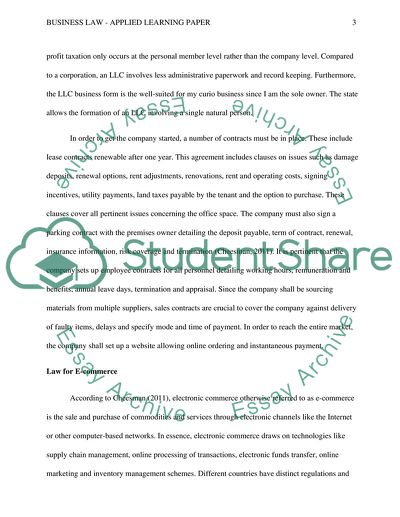Cite this document
(Warranties and Product Liability in the Organization Assignment, n.d.)
Warranties and Product Liability in the Organization Assignment. Retrieved from https://studentshare.org/law/1778077-business-law-applied-learning-paper
Warranties and Product Liability in the Organization Assignment. Retrieved from https://studentshare.org/law/1778077-business-law-applied-learning-paper
(Warranties and Product Liability in the Organization Assignment)
Warranties and Product Liability in the Organization Assignment. https://studentshare.org/law/1778077-business-law-applied-learning-paper.
Warranties and Product Liability in the Organization Assignment. https://studentshare.org/law/1778077-business-law-applied-learning-paper.
“Warranties and Product Liability in the Organization Assignment”, n.d. https://studentshare.org/law/1778077-business-law-applied-learning-paper.


